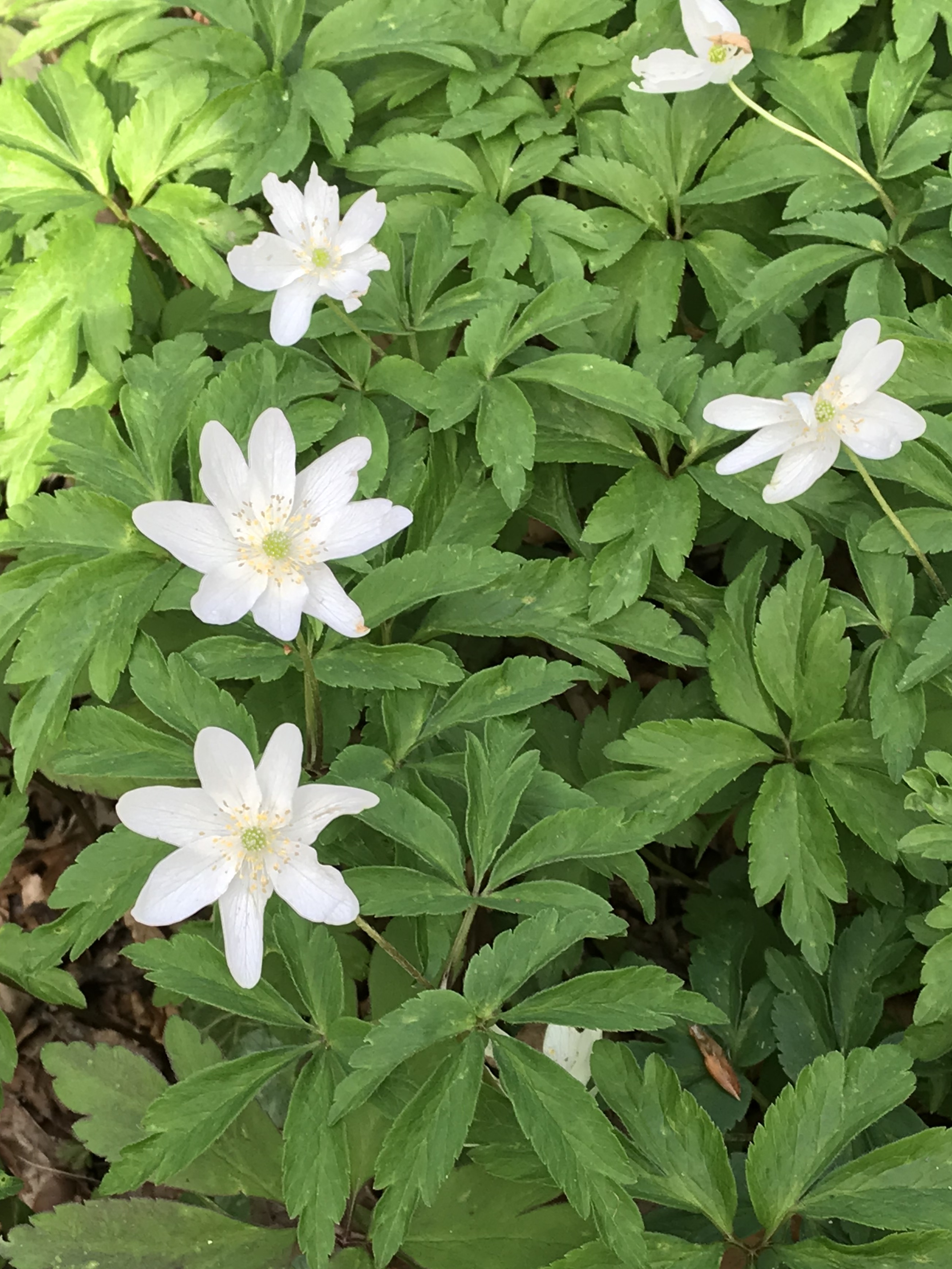The Opportunist
Written by S. Perry
Like many others, I am missing my usual walks in the Valley, especially at this, my favourite time of year, but I am also certain that as I and the rest of human kind sit out the pandemic our wildlife is carrying on doing its own thing. In fact, as streets and lanes, seas and rivers fall silent without the rush of human activity, Mother Nature becomes ever bolder and more daring, providing us with some of the more uplifting headlines, where deer explored the streets of Boscastle and the centre of Llandudno was raided by wild goats. It is a reminder that although our impact on the environment may be disastrous, Mother Nature will always prevail, she just needs time and space, as she has had in the Valley. It doesn’t always take a pandemic to invite Nature back into our urban world, we only need to provide the opportunity by vacating the space. Once a landscape bustling with mines, quarries, tramways and railways, a zenith of human engineering and endeavour, Mother Nature has gradually and resolutely claimed back the Valley for herself and is a stunningly yet salutary reminder of mankind’s transitory impact on the landscape.

It is at this time of year we are most reminded of this take-over bid as bright green leaves burst out of bare branches, shielding Victorian masonry while the remnants of the old tramways and drives become clothed in stitchwort, wood anemone and lesser celandine. The steep slopes of the valley with their mine-workings are quickly covered in bluebells before giving way to foxgloves, red campion while grasses and ferns sprout from behind granite boulders and line the riverbank and leats. It’s now that the Valley comes alive with its unique blend of old and new, decay and growth that so delights its visitors; it simply cannot be replicated anywhere else.

Although we delight in seeing rivers and skies clearing and wildlife moving back in to town, in the Valley however, it is a fine balancing act to maintain this unique blend of manmade and wildlife, as Mother Nature will ultimately overwhelm the manmade if we do not manage her enthusiasm. This is achieved mainly through the efforts of our Valley ranger Jenny and her assistant Don, alongside a group of volunteers, (mostly ‘Friends’) who help clear the Valley of invasive plants such as Himalayan Balsam, rhododendron, laurel and bramble that out-compete our native species and choke them out. The last such work party before lockdown cleared a field of brush and bramble near the Rock Mill Tramway, which has now blossomed into a delightful field of bluebells and stitchwort. So, although the Valley lends the appearance of being unchanged for 100 years or more, it is only activities such as repairing the leats’ walls and paths, removing and relocating timber from fallen trees and clearing vegetation from the industrial remains that ensure the Valley continues to appear as the ‘undiscovered’ treasure that it is.

